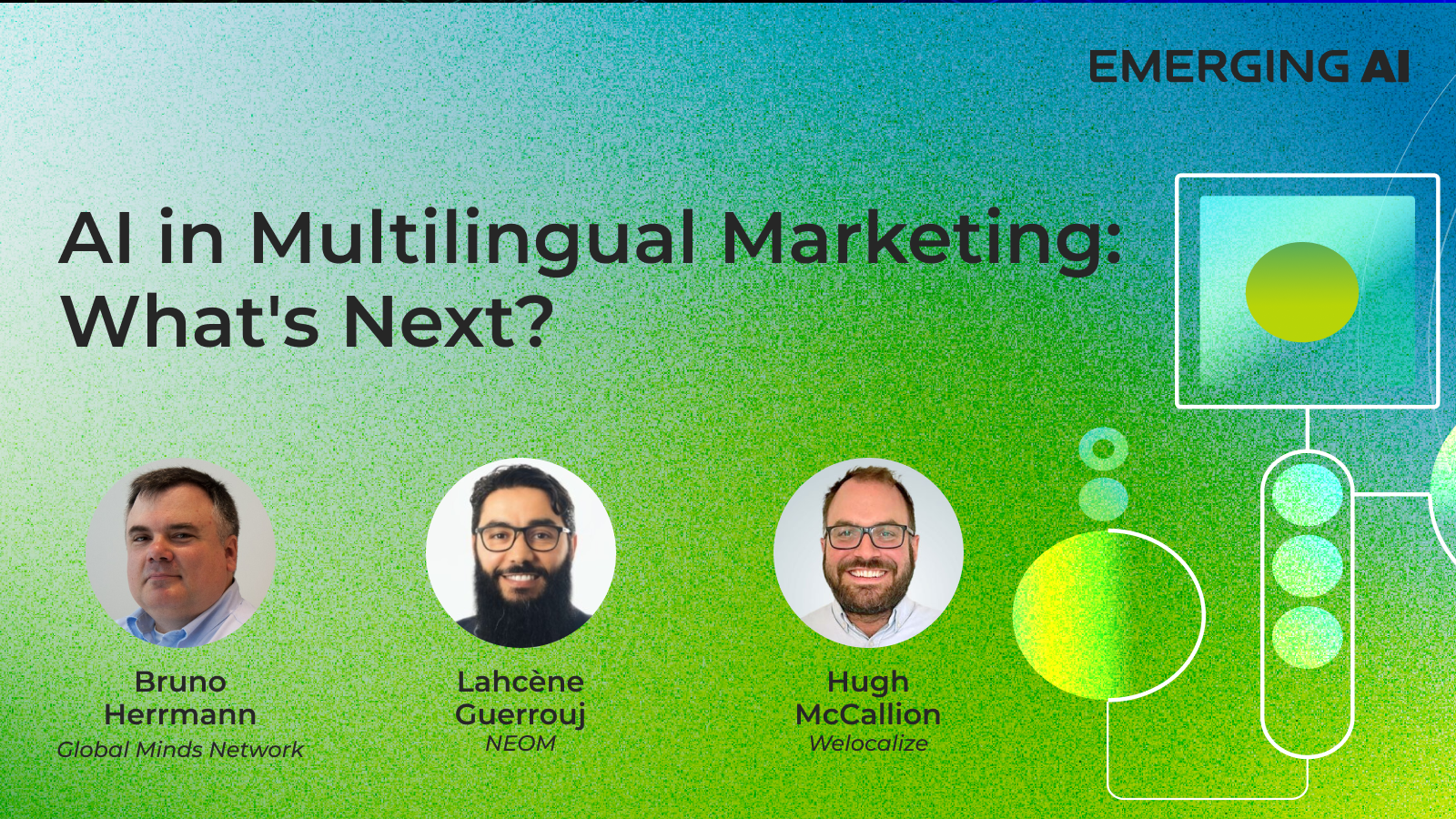Welocalize OPAL-Marketing AI: Complete Buyer's Guide
Enterprise-grade AI localization platform for marketing automation workflows
Welocalize OPAL-Marketing AI positions itself as the enterprise-grade AI localization platform specifically engineered for marketing automation workflows, combining 25+ years of localization expertise with cutting-edge AI technology to enable simultaneous multinational campaign deployment[41][45][48].
Market Position & Maturity
Market Standing
Welocalize's market position combines 25+ years of localization industry experience with recent AI innovation, creating a unique competitive advantage in the enterprise AI localization space[48][55].
Company Maturity
The company's ISO certifications and SOC 2 compliance demonstrate operational maturity that distinguishes it from startup AI translation vendors lacking enterprise-grade security protocols[48][55].
Industry Recognition
Industry recognition includes the 2024 'Best Behavioral AI Solution' award from AI Breakthrough Awards, positioning OPAL-Marketing AI within established AI solution categories and validating market acceptance[45].
Strategic Partnerships
Strategic partnerships with established vendors like Phrase demonstrate ecosystem integration capabilities that extend platform functionality and market reach[54].
Longevity Assessment
Long-term viability assessment benefits from Welocalize's established localization business foundation, providing revenue stability that supports continued AI development investment[48][55].
Proof of Capabilities
Customer Evidence
Enterprise customer validation demonstrates OPAL-Marketing AI's effectiveness across multiple industries and use cases with documented, measurable outcomes rather than theoretical capabilities[52][57][58].
Quantified Outcomes
Quantified business impact across customer implementations includes 10-week translation time reductions, improved budget forecasting capabilities, and strategic resource reallocation enabling marketing teams to focus on higher-value activities[52][58].
Case Study Analysis
Mouser Electronics transformation provides comprehensive proof of platform capabilities: reduced translation cycles from 3 weeks to 6 days, 50% reduction in design-team dependency, and successful expansion to 19 languages while maintaining quality standards[52].
Market Validation
Market validation indicators include customer retention evidenced by ongoing case study participation and continued platform expansion within existing customer organizations[52][57][58].
Competitive Wins
Competitive displacement evidence emerges through customer migration from traditional translation workflows to integrated AI-powered processes, with documented timeline improvements that create sustainable competitive advantages[52][58].
Reference Customers
Reference customer quality spans established technology companies (F5, PTC), global distributors (Mouser Electronics), and other enterprise organizations, demonstrating platform credibility among sophisticated buyers with complex requirements[52][57][58].
AI Technology
OPAL-Marketing AI's technical architecture combines machine translation, large language models, and natural language processing within integrated marketing automation workflows rather than offering generic translation capabilities[41][45].
Architecture
The platform's core innovation lies in marketing-specific AI automation that addresses the unique requirements of campaign content, email templates, and dynamic ad copy adaptation[52][56][58].
Primary Competitors
Alternative vendor considerations include competitors like Smartling and Lokalise offering different value propositions[8][12].
Competitive Advantages
OPAL-Marketing AI's primary competitive advantage emerges through marketing-specific workflow integration rather than pure translation capabilities, differentiating from generic AI translation tools that require manual workflow adaptation[52][56][58].
Market Positioning
Market positioning targets enterprise marketing operations requiring cultural accuracy and workflow integration rather than competing in the broader AI translation market[45][47][52].
Win/Loss Scenarios
Win scenarios favor OPAL-Marketing AI when organizations have existing marketing automation infrastructure, high-volume multinational campaign requirements, quality-sensitive brand standards, and enterprise compliance needs[45][47][48][52][55][56][58]. Loss scenarios typically involve simple translation needs, budget constraints, or immediate deployment requirements.
Key Features

Pros & Cons
Use Cases
Integrations
Featured In Articles
How We Researched This Guide
About This Guide: This comprehensive analysis is based on extensive competitive intelligence and real-world implementation data from leading AI vendors. StayModern updates this guide quarterly to reflect market developments and vendor performance changes.
58+ verified sources per analysis including official documentation, customer reviews, analyst reports, and industry publications.
- • Vendor documentation & whitepapers
- • Customer testimonials & case studies
- • Third-party analyst assessments
- • Industry benchmarking reports
Standardized assessment framework across 8 key dimensions for objective comparison.
- • Technology capabilities & architecture
- • Market position & customer evidence
- • Implementation experience & support
- • Pricing value & competitive position
Research is refreshed every 90 days to capture market changes and new vendor capabilities.
- • New product releases & features
- • Market positioning changes
- • Customer feedback integration
- • Competitive landscape shifts
Every claim is source-linked with direct citations to original materials for verification.
- • Clickable citation links
- • Original source attribution
- • Date stamps for currency
- • Quality score validation
Analysis follows systematic research protocols with consistent evaluation frameworks.
- • Standardized assessment criteria
- • Multi-source verification process
- • Consistent evaluation methodology
- • Quality assurance protocols
Buyer-focused analysis with transparent methodology and factual accuracy commitment.
- • Objective comparative analysis
- • Transparent research methodology
- • Factual accuracy commitment
- • Continuous quality improvement
Quality Commitment: If you find any inaccuracies in our analysis on this page, please contact us at research@staymodern.ai. We're committed to maintaining the highest standards of research integrity and will investigate and correct any issues promptly.